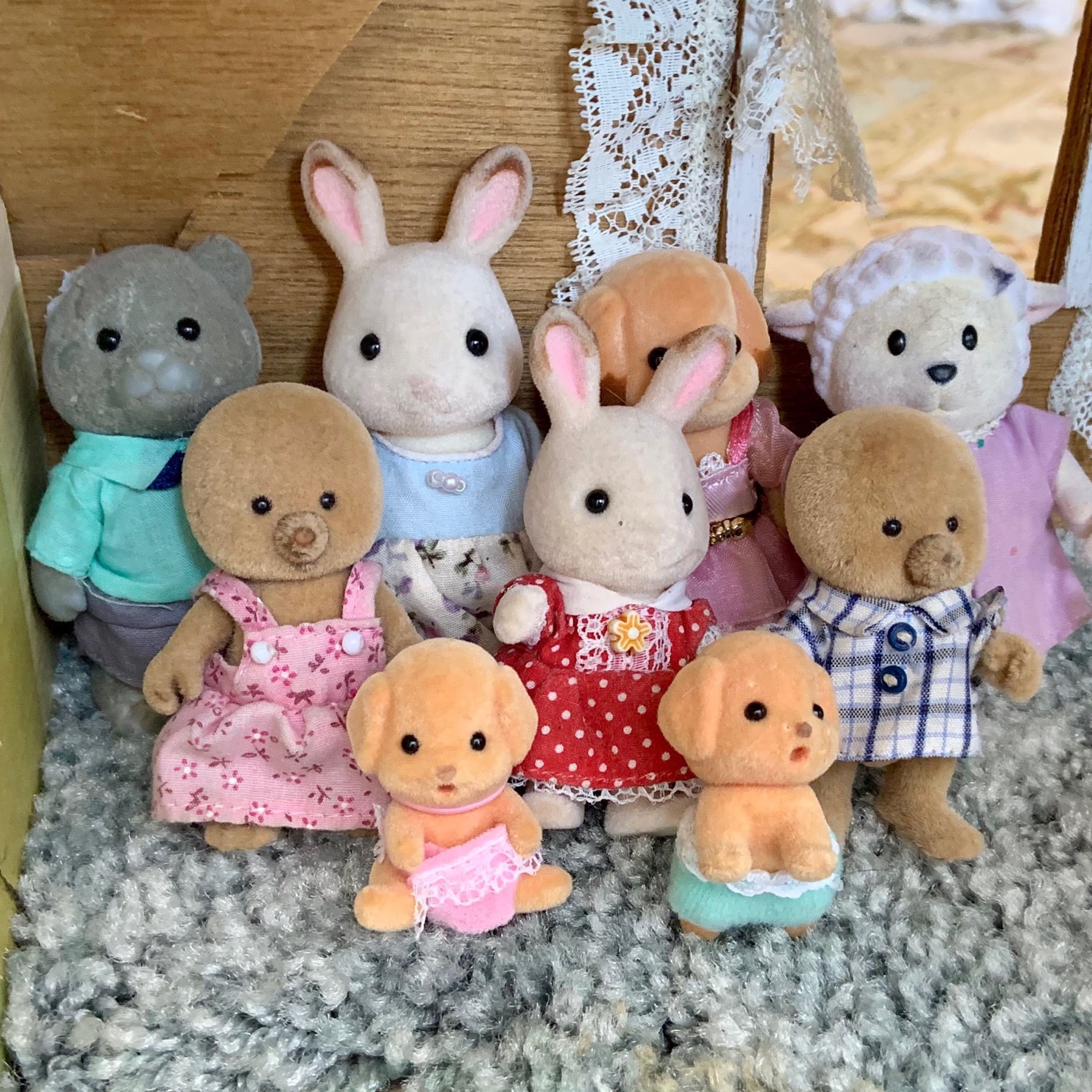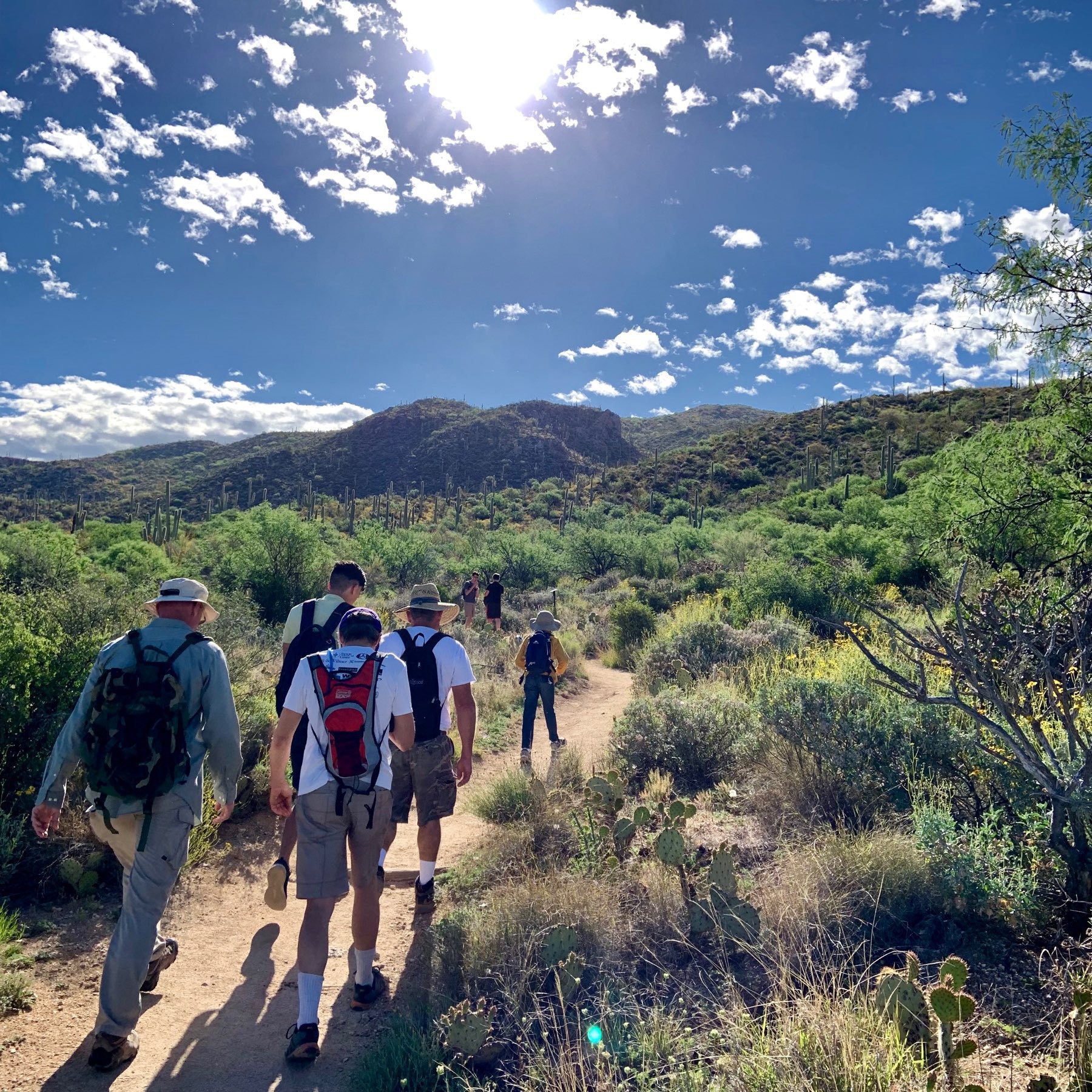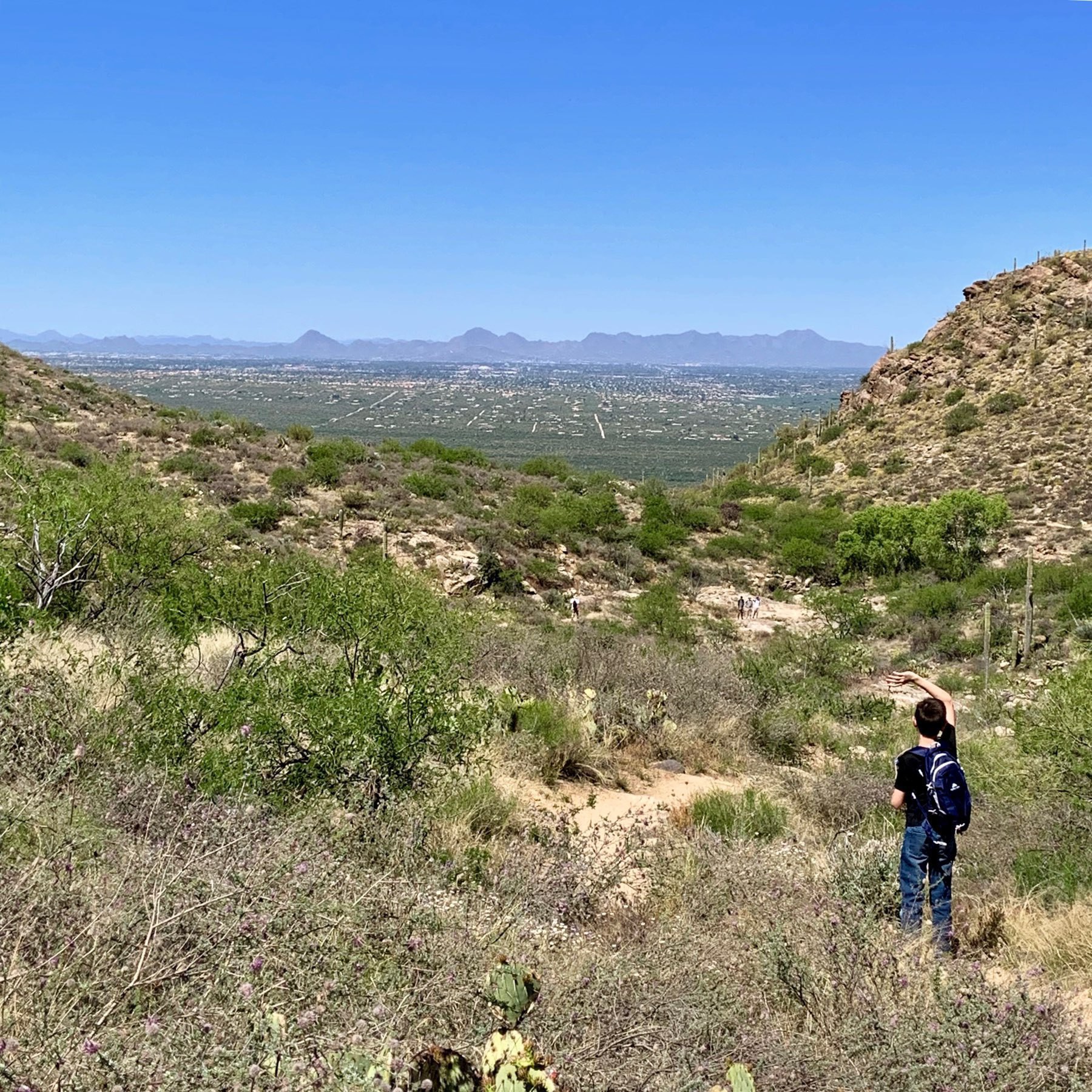David sang,
My heart became hot within me.
As I mused, the fire burned;
Then I spoke with my tongue.
Without meditation
He would have been a cold man
Who looks at a fire from a distance,
And sees the flames, but never gets warm.
But David saw God’s dancing truths,
Moved closer, and in meditative praise,
Put out his palms.
When you feel the heat from meditation,
Don’t leave. Muse on the truths
Until you are warmed
And ready to speak to God.
Focus your thoughts on a heavenly thing.
Treasure its source, virtue, and blessing.
Then plant it like a seed in the soil of your heart,
And ask: “How this might bear fruit in me?”
Divine fruit.
Be resolute.
As bold as a puritan.
Like Watson, who said:
Leave not your mediations of God
Till you find something of God in you.
For godly musing
Melts the heart when it is frozen
And makes it drop into tears of love.
⍟ I’ve had a my own website for almost two decades. But since I moved it to Micro.blog about a year ago, I’ve enjoyed it more and used it more than ever. The main reason for this is that @manton has designed Micro.blog to be simple and fast.
⍟ My most valuable app got a major update. Accordance Mobile 3.0 is snappier, the UI is so much better, and there are many other upgrades. @AccordanceBible knocked it out of the park.
Paul ends Ephesians, with the following benediction: ἡ χάρις μετὰ πάντων τῶν ἀγαπώντων τὸν κύριον ἡμῶν Ἰησοῦν Χριστὸν ἐν ἀφθαρσίᾳ. What does this mean?
The English Standard Version translates this verse: “Grace to all who love our Lord Jesus Christ with love incorruptible”. And so, perhaps you’ve wondered: How can anyone love with incorruptible love? There’s a good answer to that, but it may be the wrong question. That’s because in Ephesians 6:24, “incorruptibility” probably doesn’t refer to the love given to Jesus, but to Jesus himself. As my friend, S. M. Baugh, translates it: “Grace be with all those who love our Lord Jesus Christ, who dwells in incorruptibility.”
Dr. Baugh gives two reasons for this in his commentary on Ephesians. First, while it’s grammatically possible, there is no reason to link the prepositional phrases ἐν ἀφθαρσίᾳ back to the earlier participle phrase “all those who love”. The word order suggests, however, that ἐν ἀφθαρσίᾳ should be connected to its most recent antecedent: “our Lord Jesus Christ” instead. Second, the incorruptibility of Christian love was not a major theme in Ephesians, but the incorruptibility of Jesus was. Through Jesus, whom God raised from the dead and seated at his right and in the heavenly places, we are blessed with every spiritual blessing. In him we receive a glorious, incorruptible inheritance of life together worshiping the Trinune God. Ephesians begins with these things in mind, and with this benediction it ends with this way too. “As [Christ] dwells in incorruptibility,” writes Baugh, “so shall all his people dwell together evermore.” This is “the central message of Ephesians.”
And we can add another reason. Throughout the Bible, we see that the purpose of God’s pronouncing benedictions on his people is to bless them with his glory and the gifts of salvation. So naturally, these blessings tend to spotlight God’s work for us, not our work for him. We have that in the ESV translation, but it’s stronger in Dr. Baugh’s.
Before God loved us in Christ, we were corrupt and corruptible, able to decay and even already dead. “But God,” Paul writes in Ephesians 2, “being rich in mercy, because of the great love with which he loved us, even when we were dead in our trespasses, made us alive together with Christ—by grace you have been saved.”
Ephesians also teaches us that this salvation changes us. It turns us from enemies of God into friends with him and each other. It puts peace our hearts and it teaches us a new way in Christ. It incorporates us into a new body, with Christ himself as our living head. And as such, in this salvation we learn a new way to live: a way that is marked by love and sustained by the grace of our incorruptible Lord from his incorruptible kingdom.
⍟ If you know a kid learning Latin, tell them they can win $150 and a beginning Greek course from the amazing Dr. Noe.
John Cassian (ca. 360-435) was a world-travelling ascetic who thought a lot about suffering. And in his work, On the Death of the Saints (conference 6, chapter 11), he takes an aside to consider why God brings trials into our lives, both believers and unbelievers.1
Here’s my summary of Cassian’s reasons for suffering, along with a verse for each reason. He includes some of these verses and many others in the work I’m summarizing, which you can read online or in Accordance.
God uses suffering for probation.
And you shall remember the whole way that the LORD your God has led you these forty years in the wilderness, that he might humble you, testing you to know what was in your heart, whether you would keep his commandments or not. (Deut. 8:2 ESV)
God uses suffering to warn us.
When a scoffer is punished, the simple becomes wise; when a wise man is instructed, he gains knowledge. (Prov. 21:11 ESV)
God uses suffering for punishment and justice.
The soul who sins shall die. The son shall not suffer for the iniquity of the father, nor the father suffer for the iniquity of the son. The righteousness of the righteous shall be upon himself, and the wickedness of the wicked shall be upon himself. (Ezek. 18:20 ESV)
God uses suffering to reject us, which is “worse than all other punishments”
The bellows blow fiercely; the lead is consumed by the fire; in vain the refining goes on, for the wicked are not removed. Rejected silver they are called, for the LORD has rejected them. (Jer. 6:28-30 ESV)
God uses suffering to improve us.
We rejoice in our sufferings, knowing that suffering produces endurance, and endurance produces character, and character produces hope. (Rom. 5:3–4 ESV)
God uses suffering to prove his work in us.
You have been grieved by various trails, so that the tested genuine of your faith—more precious than gold that perishes though it is tested by fire—may be found to result in the praise and glory and honor at the revelation of Jesus Christ. (1 Peter 1:7 ESV)
God uses suffering to manifest his glory.
“It was not that this man sinned, or his parents, but that the works of God might be displayed in him.” (John 9:3 ESV)
-
For more thoughts on the trials of Christians in particular, read Joel Beeke’s exposition of Westminster Confession of Faith 17.3. ↩︎
What can a church do to prevent a shooting in their congregation?
Here are a four practical ideas drawn from Safe Schools Arizona: An Action Plan to Enhance the Safety of Arizona Schools and Communities. A plan David French calls,
perhaps the most intelligent policy response to school shootings (and, honestly, mass shootings more generally) that I’ve ever read.
Here are the ideas taken from the Ducey’s plan:
- Mental health first aid training
- Confidential, centralized reporting tip line
- [Procedures for handling tips] Ducey’s plan assumes these are already in place
- Lockdown training [and] clear procedures that differentiate between active shooter drills [and] fire drills
⍟ I love these lines in Michael Perry’s “O God Beyond All Praising”:
And whether our tomorrows be filled with good or ill, We’ll triumph through our sorrows and rise to bless you still.
If you want to memorize poetry, espcially rhyming poetry, consider finding a good hymnal.
⍟ Alan Jacobs (@ayjay) on Snakes and Ladders:
I have come to believe that this is what almost all of our culture is about now: working the refs.
When the other disciples told Thomas that they had seen Jesus, risen from the dead, Thomas didn’t believe them. Their testimony to the truth wasn’t good enough for him.
Was this diligent truth-seeking or something else? And can we rely on the testimony of others about Jesus?
Michael Kruger addresses that second question in his excellent post, Can We Believe God’s Word is True Because our Parents Told Us? I draw from this article to answer the first question in my sermon this morning on John 20:24–31.
The testimony concerning Jesus is trustworthy. I hope that you will believe it. Because as John says:
Jesus did many other signs in the presence of the disciples, which are not written in this book; but these are written so that you may believe that Jesus is the Christ, the Son of God, and that by believing you may have life in his name.
- Shortcut: WorldCat Search
- Shortcut: WorldCat Markdown Link
Until recently, I used Amazon almost exclusively for sharing links to books. But you may have noticed that in the last month or so I’ve been linking to WorldCat instead. WorldCat still shows you where to find a book on Amazon but it also offers other options, including which nearby libraries have what you’re looking for. I got this idea from @craigmcclellan who shares music in a similar way.
And thanks to Craig and his @theclassnerd co-host Robby Burns, I also learned how to create Shortcuts on iOS. So now, when I want to share a book on my blog, here’s what I do.
- Look up a book on WorldCat through their website or through the WorldCat Search Shortcut, which will find your book on WorldCat after you scan its barcode.
- With the book’s WorldCat page open, I run WorldCat Markdown Link. This copies a pre-formatted markdown link for the page to my clipboard.
- Then, I paste the link.
If this looks useful to you, download the Shortcuts and try it for yourself. You can modify them to suit your needs.
At the moment, these Shortcuts work perfectly in Safari. In the future, I’d like to get the same results on other browsers. If you can figure out how to do that, I’d love to hear from you.
⍟ My mother is so creative. And she puts tons of love into her work. Congrats, Mom, for finishing this amazing quilt!

⍟ Chelpkid Number 3:
“If you could snap your fingers and have anything if you want, what would you wish for? I would wish for infinity wishes, but if that was against the rules, I’d wish for a genie because a genie can still give you three wishes, and I just like the lamp.”
⍟ Because Jesus’ rose from the dead, all who belong to him will be resurrected too.
Westminster Shorter Catechism:
Q. 38. What benefits do believers receive from Christ at the resurrection? A. At the resurrection, believers being raised up in glory, shall be openly acknowledged and acquitted in the day of judgment, and made perfectly blessed in the full enjoying of God to all eternity.
So one reason Christians celebrate the resurrection that has happened is because of the resurrection that will happen.
Happy Easter.





